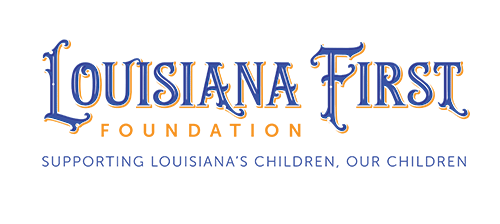STEVE GAMACHE
Steve Gamache 8th Grade ELA Teacher and Instructional Coach
On the evening of Wednesday, March 18, I got a text on my work phone from a student who I will call Jacobi. I’d assumed he was reaching out for assistance in traversing the new world of distance learning. Instead, it was a group text he set up with the two of us and another student. We got to talking—first about basketball, then about school closing, and when we might go back. Then, seemingly out of nowhere, Jacobi said, “We miss you, Mr. Gamache.” It was a touching, stark reminder that students, too, are seeking a return to normalcy and personal connections. At that point, we’d only been out of school for five days.
As parents, students, teachers, and administrators across the country continue to navigate what education and schooling look like during this global pandemic, it’s crucial to think about how we can minimize any negative impacts of time spent outside of the classroom. As teachers, we are familiar with the phenomenon of the “summer slide,” where students can regress in their academic skills due to a lapse in instruction. Luckily, there are things that all stakeholders can do, starting now and carrying through fall and beyond, to make sure time out of class is as productive as possible.
I’ve been continuously encouraged by the way schools and districts have reacted, given the massive challenges and disruptions to our system. Schools have become food distribution centers; districts have purchased and lent out technology and hotspots to students in need; and teachers who didn’t know what Zoom was a month ago are using it as a tool to teach, connect, and communicate. We realize that being supportive is multifaceted. It means providing kids and families with what they need to continue learning at home. It also means maintaining and fortifying social and emotional bonds. Jacobi made this clear to me.
Getting technology into the hands of students and families is just the first step. I’ve heard about varying degrees of success for delivering content and instruction online. Still, with our timeline for returning to school uncertain, we return to the idea of combatting the summer slide. The Louisiana Department of Education has released a Continuous Education Toolkit that is a compilation of resources for educators and families to use while at home. In the same way that schools and districts have stepped up to the plate, many other companies and organizations are offering education resources while school is out. A quick Google search can produce a cornucopia of options and opportunities. For example, Amazon announced that Audible would be providing free audiobooks for students. The books are accessible on any device. Furthermore, sites popular with teachers in the past, such as LearnZillion and Khan Academy, remain viable options.
To all of the parents and caregivers out there: there are some things that you can do at home to ensure that learning and engagement sustain throughout the summer. One idea that all teachers agree on is the value of reading outside of school. You might consider setting up a reading space at home and designating a time of day for reading. By encouraging kids to read over the summer, we are reinforcing critical skills that students will need in the future, and this will better prepare them for their return to school. With a free library card and wi-fi (often provided by your local branch), kids can access an endless number of books digitally that they can download to their cell phone, laptop, or tablet with apps like cloudLibrary or OverDrive.
Students, we know that these are unprecedented times. We would all love to be back in the classroom with you, and we, as teachers, will support you in any way that we can. During these months, it is critical, however, that you dedicate time to staying engaged, both academically and otherwise. We want you to read regularly, and there are other productive ways to pass the time as well. Now is the time to immerse yourself in your hobbies and interests—a lot of which can happen at home. If you’re in the band, practice your instrument! You’ll come back ready for parade season, and we can’t wait to see you out there. When we come out of this quarantine, even more opportunities arise. Organized sports and just being active in general—as long as it is safe to do so—is an excellent use of your time. Whatever you like to do or always wanted to do, the moment has arrived. I’ve heard Fortnite is a lot of fun, but it shouldn’t take up a lot of valuable time that you could be using to invest in the development of your future selves.
From a teacher’s perspective, when students come back to school, it will be critical for us to assess students to determine what they know and have retained. It has always been our job to “meet kids where they are.” Teachers and schools, I’m sure, will administer comprehensive diagnostic assessments at the beginning of the year. Using that data, educators will likely then come up with a blueprint to fill in the gaps from the previous year before moving forward with grade-level standards and rigor. “Meeting them where they are,” of course, also means asking other types of questions: What has everyday life been like for you these past few months? How are you doing? How does it feel to be back? We, as teachers, need to ensure that we are asking a lot of questions, and not just the ones that directly relate to the standards.
Whatever your relationship is to the current disruption of our education system, I hope that we will all consider what is best for the Jacobis in our lives. Students, parents, and teachers are all yearning to get back to the way that things were. In the meantime, we all need an ongoing dialogue to work together from now until we return to normalcy to make sure that this current pandemic yields the most favorable results on our collective future. Because while this is indeed a challenge, it is also a chance to examine what we’ve all done in the past and use this experience to determine where we go from here.



